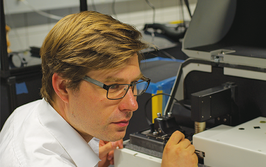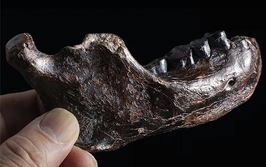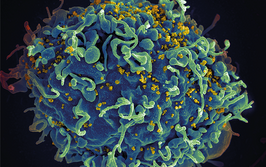High-throughput analysis of 1,4-dioxane in drinking water using SPME Arrow–trap with multi-step enrichment (MSE®)

contributed by Markes International Ltd |
SPME Arrow–trap with multi-step enrichment (MSE) on the Centri® extraction and enrichment platform was combined with gas chromatography–mass spectrometry (GC– MS) to analyse levels of the contaminant 1,4-dioxane in water samples. The system detected 1,4-dioxane at the lowest calibration point of 0.01 µg/L (10 ppt), which is beyond detection limits required in German REACH and US EPA regulations.
Introduction
1,4-Dioxane is a cyclic ether, which was used as a stabilising agent for 1,1,1-trichloroethane (TCA), a solvent and degreasing agent in household cleaners, glues and aerosol sprays.1 Handling, disposal and storage of TCA led to high concentrations of 1,4-dioxane leaching into groundwater.2,3 In 1996, the Montreal Protocol introduced a ban on ozonedepleting substances, which included TCA, effectively reducing the amount of 1,4-dioxane being leached into groundwater.4 However, 1,4-dioxane is still formed as a by-product in industry, and is found as a contaminant in ethoxylated products typically used for surfactants, and as a solvent in lacquers, paints and pharmaceuticals.5
Log in or register to read this article in full and gain access to The Analytical Scientist’s entire content archive. It’s FREE!

















